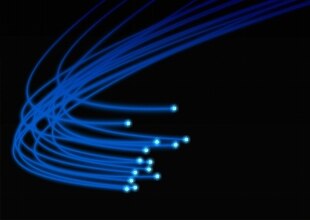Share
December 06, 2019 Success of the first Italian quantum communication test, leading the way towards future connections against cyber attacks. Published on Epj Quantum Technology, it was conducted in the Florence area by the National Research Institute of the National Research Council (CNR-Ino) and Lenscon, the National Research Institute in Metrology (INRIM) of Turin and Technical University of Denmark. "A strategic step in the transmission of sensitive data: it is the future of communication", said the president of the CNR, Massimo Inguscio.The test was conducted on a 40-kilometer portion of the Italian fiber-optic backbone created by the INIM, which extends 1,800 kilometers from Turin to Matera and constitutes the initial step of the future Italian quantum communication network (Italian quantum backbone, Iqb ). Currently the backbone distributes an absolute time-frequency signal, used for example at the Milan stock exchange and which in the future will allow the distribution of quantum keys. Quantum cryptography, the most advanced quantum technology destined to become part of everyday life, is thus approaching further; for example, it could guarantee password and pin confidentiality by encoding information on quantum states of light and allowing a potential intrusion to be revealed thanks to the fundamental laws of quantum physics.
The test "is in line with similar experiments currently conducted abroad," the project coordinator, Alessandro Zavatta of Cnr-Ino and Davide Bacco, of the Dtu Fotonik of the Technical University of Denmark, note. "Our results - they add - represent the first step for the future realization of the Italian Quantum Backbone, a network through which it will be possible to exchange sensitive data and information to hacker proof and resistant even to the attacks of a quantum computer".
For Davide Calonico, of the INIM and coordinator of the national fiber optic infrastructure Quantum Backbone, "Italy can aspire to have a fundamental role in the future development of quantum technologies on optical fiber".

